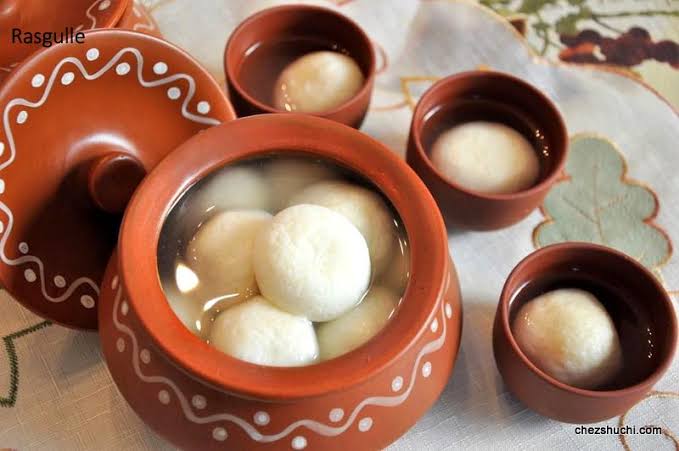From Butter Chicken to Rosogolla: Exploring India’s Diverse Culinary Heritage.
India is famous for its diverse culture, traditions, and food. The country’s food is an essential part of its identity and has a rich history that reflects the influence of various civilizations that have left their mark on India over the centuries. Traveling to India is not only about seeing its beautiful monuments and natural wonders but also about tasting its soulful delicacies. In this article, we will take you on a tour to discover the best places to savor India’s diverse culinary delights.
Delhi
Delhi is a food lover’s paradise. The capital city of India is renowned for its street food and restaurants that offer a wide range of cuisine from across the country. From the famous Paranthe Wali Gali in Chandni Chowk to the upmarket restaurants in Connaught Place, Delhi has something for everyone. Some of the must-try dishes in Delhi include Chole Bhature, Butter Chicken, and Chaat.

Mumbai
Mumbai, the city of dreams, is another foodie’s delight. The city’s street food is famous across the world, and you can find everything from Vada Pav to Pav Bhaji and Bhelpuri here. The seafood in Mumbai is also a must-try, and you can savor some of the freshest catches at the city’s many seafood restaurants.

Kolkata
Kolkata, the cultural capital of India, is famous for its sweets, especially the iconic Rosogolla. The city is also home to some of the best street food in the country, and you can try out dishes like Kathi Rolls, Jhal Muri, and Puchkas at its many food stalls.

Hyderabad
Hyderabad is known for its spicy and flavorful cuisine, which has a distinct influence of the Nizams who ruled the city for centuries. The iconic Hyderabadi Biryani is a must-try when you visit the city, and you can also savor dishes like Haleem and Keema Samosa.

Chennai
Chennai is famous for its South Indian cuisine, which is a unique blend of flavors and spices. From the iconic Dosas and Idlis to the spicy Chettinad curries, Chennai has a lot to offer for food lovers.

When traveling to India to taste its soulful delicacies, here are some travel tips to keep in mind:
- Try to eat at places that are popular with the locals. These places are usually the best and serve authentic cuisine.
- Be careful about the hygiene and cleanliness of the food stalls and restaurants you eat at. It is better to avoid eating street food from unhygienic places.
- If you are not used to spicy food, start with milder dishes and gradually increase the spice levels.
- Always carry a water bottle with you to stay hydrated.
India’s cuisine is as diverse as its culture, and a tour to discover its soulful delicacies is a journey that every food lover must undertake. So, pack your bags and get ready to embark on a gastronomic adventure across the country.
Frequently Asked Questions (FAQs)
A: Some must-try dishes in Delhi include Chole Bhature, Butter Chicken, and various street food delicacies like Chaat.
A: In Mumbai, popular street foods include Vada Pav, Pav Bhaji, and Bhelpuri. The city is also known for its seafood.
A: Kolkata is famous for its sweets, especially the iconic Rosogolla. The city is also known for its street food, including Kathi Rolls, Jhal Muri, and Puchkas.
A: Hyderabad is famous for its spicy and flavorful cuisine, with must-try dishes like Hyderabadi Biryani, Haleem, and Keema Samosa.
A: Chennai is famous for its South Indian cuisine, including Dosas, Idlis, and spicy Chettinad curries.
FAQs
A: It’s best to eat at places that are popular with the locals, as they often serve authentic and flavorful cuisine.
A: It’s important to be cautious about the hygiene and cleanliness of the food stalls and restaurants you eat at. Avoid eating street food from unhygienic places.
A: Indian cuisine can be spicy, but not all dishes are extremely hot. If you’re not used to spicy food, start with milder dishes and gradually increase the spice levels.
A: Yes, it’s advisable to carry a water bottle with you to stay hydrated, especially when trying spicy or flavorful dishes.
A: Indian cuisine is diverse due to the country’s rich cultural heritage and regional influences, resulting in a wide range of flavors, spices, and cooking techniques.